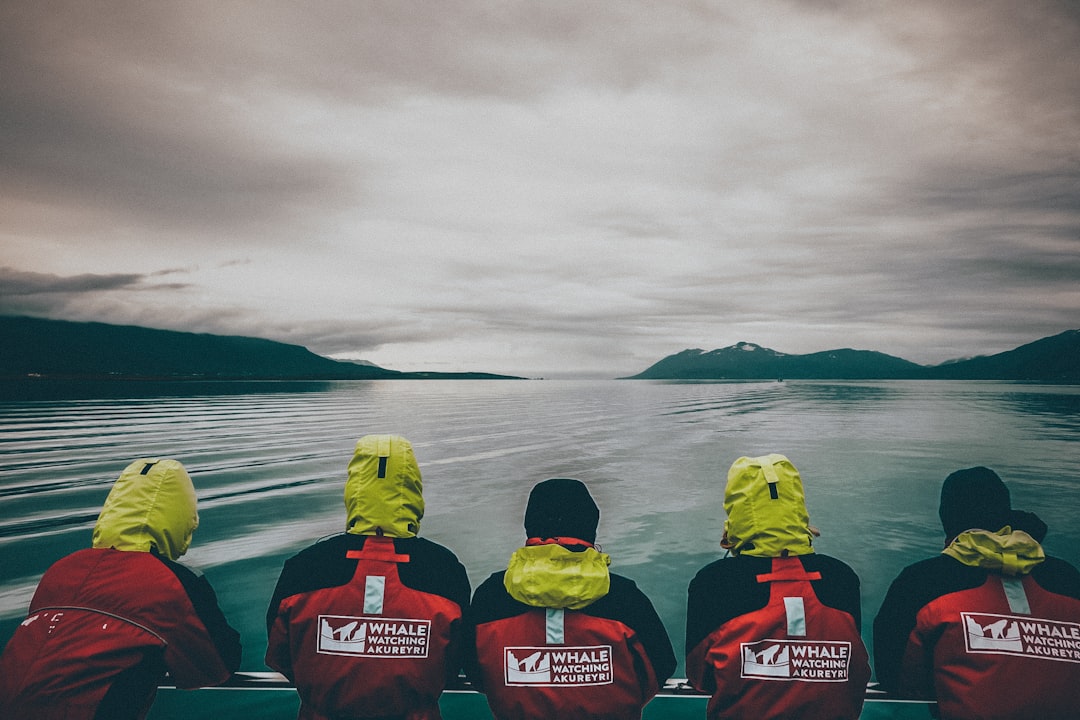When a new hire walks through the door (physically or virtually), they become more than just a member of the team—they become an ambassador of the brand. Ensuring they embody the voice, values, and visual identity of the company is just as important as setting up their email or providing network access. That’s where efficient logo onboarding comes in: a streamlined, one-day process to get new team members fully aligned with your brand.
TL;DR
Logo onboarding is critical in ensuring new employees represent a company’s brand from day one. With the right structure, tools, and focus, organizations can align new hires with their branding in under 24 hours. This efficient process builds confidence, boosts brand consistency, and enhances internal culture. In just one day, employees go from “new” to “on-brand.”
Why Logo Onboarding Matters
Companies invest heavily in developing brand identities—logos, messaging, style guides, tone of voice, and more. However, the effectiveness of that investment hinges on how well every employee understands and implements the brand in daily interactions. If new hires aren’t aligned with branding early on, inconsistencies creep in fast.
- First impressions count: A team member communicating with clients or partners needs to be visually consistent with the brand from the get-go.
- Internal alignment: Brand onboarding cultivates a sense of belonging and clarity around the mission and culture.
- Avoids misrepresentation: Mistakes in logo usage, off-brand fonts, or incorrect color palettes can dilute identity.
That’s why smart companies incorporate brand training into their onboarding—with a focus on the logo and overall brand identity—right from day one.
The One-Day Onboarding Blueprint
Logo onboarding in a single day is completely achievable with the right plan. Here’s a breakdown of a timeline that ensures branding is covered in depth, without overwhelming new hires.
Hour 1: Welcome and Brand Introduction
Kick off the day by grounding new team members in the company’s origin story. Help them understand not only *what* the brand looks like, but *why* it looks and feels that way.
- History, mission, and core values
- Evolution of the logo and visual identity
- High-level overview of branding principles

Use visuals and branding collateral early so new hires start noticing how these elements are used consistently across presentations, signage, and digital touchpoints.
Hour 2: Anatomy of the Brand
Dive deeply into the visual identity system. This is where the logo, typography, colors, and iconography are dissected and contextualized.
- Logo do’s and don’ts
- Brand color palette and usage guidelines
- Typeface families and secondary design elements
Each topic can be supported by a mini activity—such as reviewing a real-world asset and spotting brand inconsistencies—to keep the engagement high.
Hour 3: Voice, Tone, and Messaging
Brand isn’t just visual—it’s verbal. Teach new employees how your company sounds, writes, and communicates across platforms.
- Examples of external messaging: email templates, social posts, marketing language
- Tone guide explaining how to shift based on audience and platform
- Internal communication expectations (e.g., how to write in Slack or internal blogs)
Role-playing exercises or working through sample writing prompts can help solidify this in a dynamic way.
Hour 4: Tools and Access
Give new hires access to everything they need to stay on-brand moving forward:
- Link to the brand guidelines document
- Cloud folder access (logos, templates, icons, brand photography)
- Intro to design/marketing tools like Canva, Figma, or your internal CMS
This is also a good time to demonstrate how to request design help or flag inconsistencies.
Hour 5: Application in Role-Specific Scenarios
This hour varies based on department. Tailor examples of brand usage depending on the employee’s function:
- Sales: Email signatures, sales decks, branded one-pagers
- Marketing: Landing pages, social media posts, press releases
- Customer service: Branded ticketing responses, on-brand chat language

This makes brand learning immediately relevant and practical for each individual.
Best Practices for Effective Logo Onboarding
Even in a one-day format, logo onboarding shouldn’t be a torrent of lectures. Interactive, engaging sessions keep energy and retention high.
1. Make it Multi-Sensory
Use slides, video walkthroughs, branded swag, and hands-on exercises instead of static documents.
2. Involve Brand Leads
The brand or marketing team should be present—not just HR. Their enthusiasm makes a difference, and they can field deeper questions.
3. Create a “Brand Quiz”
End the day with a brand certification quiz to reinforce knowledge and identify common misunderstandings. A reward—like a badge or social shout-out—can boost motivation.
4. Plan for Follow-Up
A one-day introduction should be the foundation. Plan a 30-day follow-up to reinforce key themes, review live projects, and offer feedback.
Measuring Success
Logo onboarding shouldn’t be purely qualitative. Track whether the learning is sticking and translating into real-world accuracy.
- Track the number of brand guideline violations by new hires in the first month
- Surveys: Confidence in using branding tools and resources
- Performance reviews and leadership feedback on brand alignment
Refine your onboarding process using this feedback regularly. Every cohort of new hires should be sharper, more confident, and more on-brand.
Benefits of Logo Onboarding in One Day
- Consistency from the Start: Reduce errors and enhance credibility.
- Faster Productivity: Confidence in brand usage leads to faster execution on projects.
- Stronger Culture: A shared brand experience builds internal alignment.
- Client Trust: On-brand communication reassures clients they’re dealing with professionals.
Conclusion
Brand integrity is not just maintained by marketing—it’s a company-wide responsibility. One-day logo and brand onboarding equips new employees with the clarity and confidence they need to represent the business accurately and authentically. When done right, it ignites pride, speeds up team integration, and protects your most valuable visual assets.
Frequently Asked Questions (FAQs)
- Q: Is one day really enough for onboarding brand guidelines?
A: Yes! With a focused schedule and hands-on learning, the essentials of your brand—especially visual elements like logos—can be taught efficiently in a day. - Q: What if new hires forget brand rules after one day?
A: Reinforce training with follow-ups at 2 weeks and 30 days, coupled with easy-to-access brand resources and templates. - Q: Who should lead the logo onboarding session?
A: Ideally, someone from branding or marketing, supported by HR. Their expertise ensures accurate and inspired teaching. - Q: Can this onboarding model work remotely?
A: Absolutely. Use virtual collaboration tools and live webinars, along with visual guides, to keep remote training engaging. - Q: Do all employees need brand training, or just customer-facing roles?
A: All employees reflect brand value—internally and externally. Even engineers or finance team members should understand the basics.
